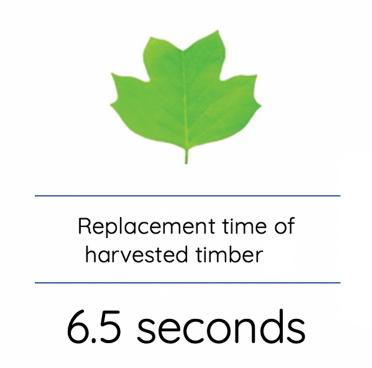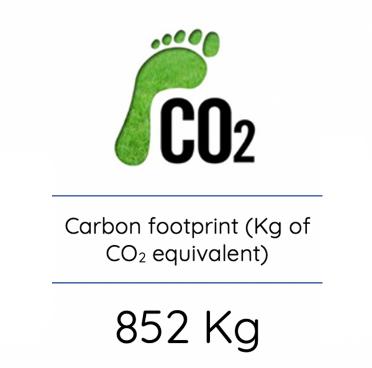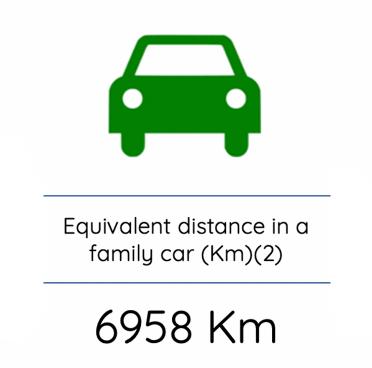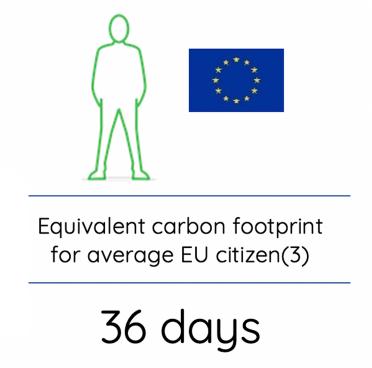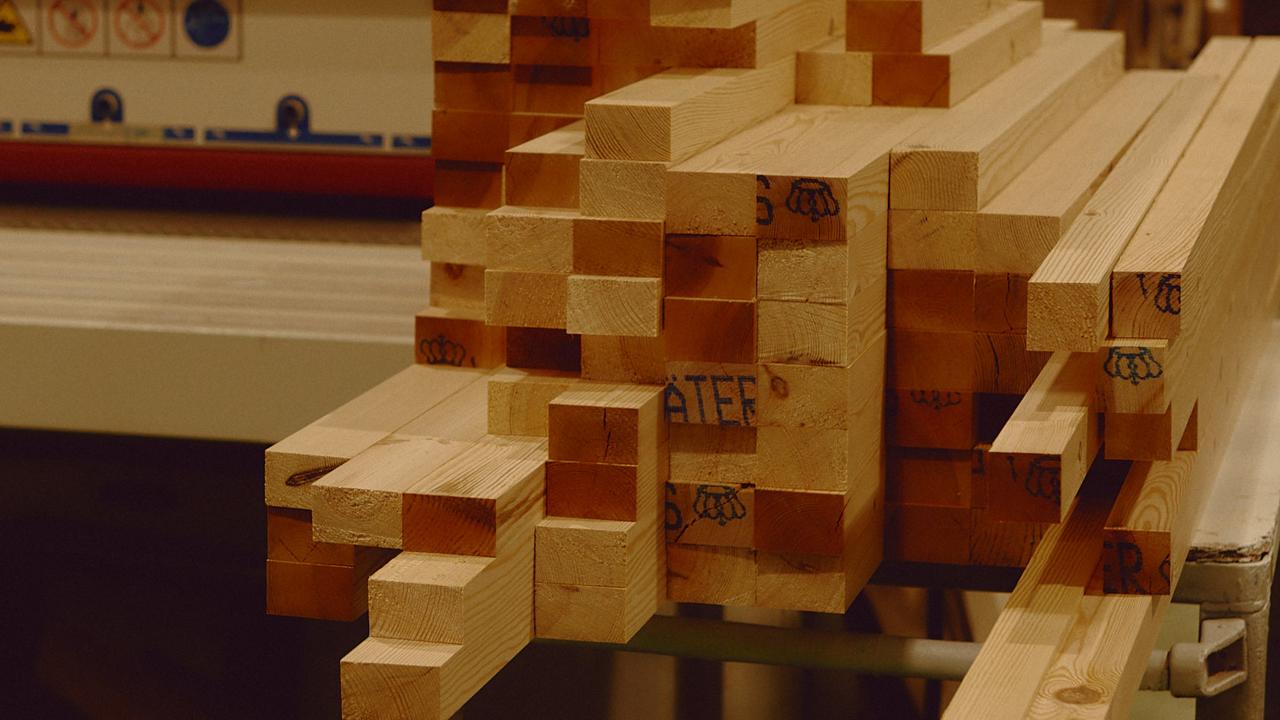Carbon Footprint
Through application of Life Cycle Assessment (LCA), the project demonstrates the environmental benefits of designing products in abundant and naturally renewable materials. It also provides clear insights into the steps required during manufacturing to improve environmental performance and maximise sustainability objectives.
When considered as a group, the seven Perpetuum Mobile designs in which American hardwood is the predominant material are better than carbon neutral. The total global warming potential or carbon footprint of the designs is minus 223 kg of CO2 equivalent. Carbon neutrality is achieved as the carbon stored in the wood used for the designs, together with a small offset due to use of process waste for energy production, exceeds all carbon emissions during the extraction, processing and transport of raw materials, manufacturing at La Navarra in Madrid, and delivery of the finished designs to Barcelona. Several factors contribute to the achievement of carbon neutrality including:
- the use of four abundant and sustainable American hardwoods, which together contributed 1.26 tonnes (78%) of the total 1.61 tonnes of the seven Perpetuum Mobile designs. Since there is no land use change involved in timber extraction and growth greatly exceeds harvest, there is no build-up of “carbon debt” due to the harvesting of these hardwood species in the United States.
- relatively low energy inputs required to convert American hardwoods into valuable materials and the use of these materials still largely in their natural state with only limited addition of other materials, treatments and finishes.
It takes only around 6.5 seconds for the hardwood harvested to manufacture all the Miralles designs to be replaced by new growth in the U.S. forest. Maple, red oak, tulipwood and cherry are all under-utilised from a forestry perspective. The creation of larger markets for these timbers reduces pressure on other less abundant commercial hardwood species and enhances financial returns from sustainable use of diverse semi-natural forests.
